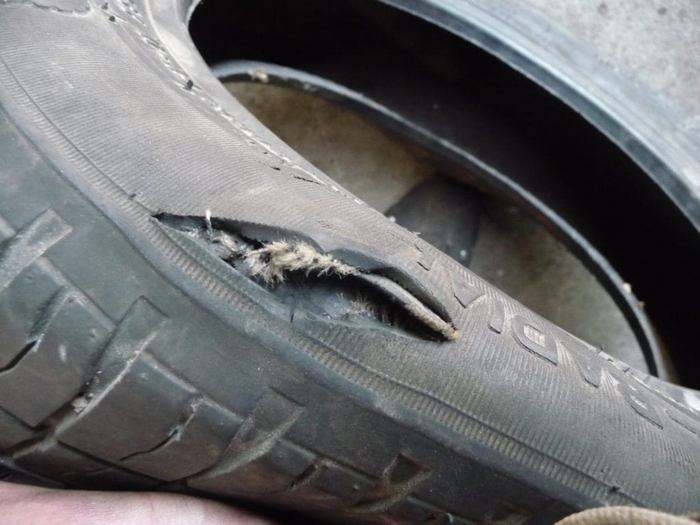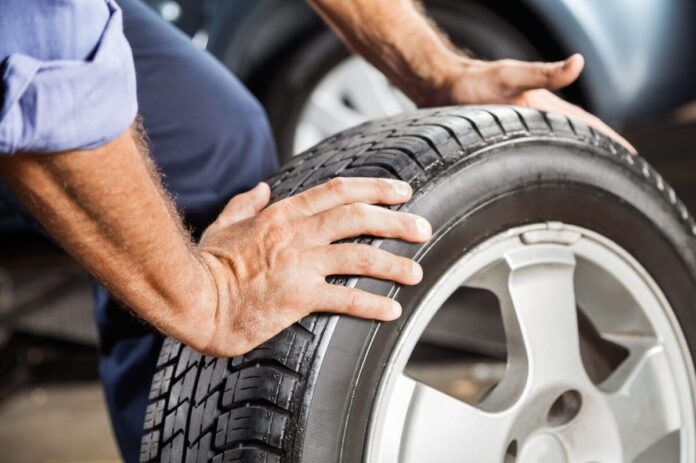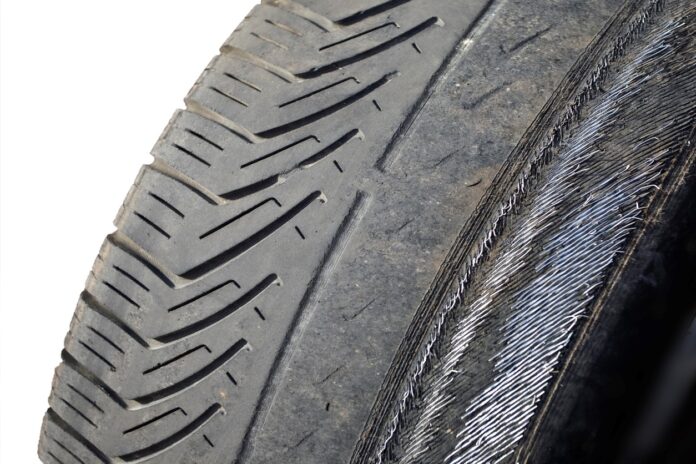Safety on the road starts with what’s beneath your vehicle: tires. As the main contact between your car and the surface, their condition directly impacts handling, fuel efficiency, and—most critically—your safety. Ignoring tire wear or postponing a change can lead to dangerous consequences. Many people underestimate how soon they need to swap out their rubber, but the signs are usually clear and should not be ignored.
No one wants a flat or blowout at the worst possible time, yet many drivers push their luck by waiting too long to replace old, worn-out tires. Being proactive can save you from costly repairs and, more importantly, serious accidents. You might think your tires look fine, but there are telltale signs you should not miss.
Understanding when it’s time to change your tires isn’t just about avoiding breakdowns. It’s about maximizing your car’s performance, boosting your gas mileage, and making sure you have full control over your vehicle when you need it most.
Key Points:
- Tires should not be neglected.
- Signs of wear are often obvious but overlooked.
- Performance and safety suffer when tires age.
- Regular inspections prevent major problems.
Reduced Tread Depth

Tread depth is one of the clearest indicators your tires need to be changed. As tires age, the grooves on their surface gradually wear down. Those grooves, or treads, are essential for gripping the road, especially in wet conditions. Without them, your vehicle will have less traction, increasing the chances of hydroplaning or slipping. Most experts recommend replacing rubber when the tread depth falls below 2/32 of an inch. You can use a simple penny test—place a penny head-first into the tread. If you can see all of Lincoln’s head, your tires are too worn and should be replaced.
You can also invest in a tread depth gauge, an inexpensive tool that gives a more accurate reading. Worn treads do not just reduce traction. They also decrease your car’s ability to brake effectively, which can lead to dangerous situations on the road. Always keep an eye on tread depth and replace the rubber as soon as it starts to wear thin.
Cracks in the Sidewall

Wear does not just happen on the part of the rubber that touches the road. The sidewall—the part of the tire that faces outward—can also show signs of age. Cracks, known as sidewall weathering, develop over time due to exposure to sunlight, chemicals, and other environmental factors. While small cracks might seem harmless at first, they can grow and eventually cause your tires to fail. If you spot any cracks, it’s a good idea to get your tires inspected by a professional.
Using winter tires St. Catharines regions with harsh winters can ensure optimal performance during the cold months. Ice, snow, and freezing temperatures can be tough on tires, so having the right ones for the season makes all the difference. The experts at Rectangle Auto Supply can provide advice and service that ensures you are driving safely year-round.
Bulges or Blisters on the Surface

Bulges or blisters on the tire’s surface indicate a weak spot. If left unchecked, those weak spots can cause a blowout. When air pressure builds up in the damaged area, it forces the rubber to bulge outward. This weakens the integrity of the tire and increases the risk of failure. If you notice any bulging, it is essential to change your tires as soon as possible. Do not wait for the issue to resolve itself—it won’t.
Blisters can be a sign of impact damage or improper inflation. Hitting a pothole or curb too hard can cause internal damage that leads to bulging. Always inspect your tires after a significant impact to catch any damage early.
Vibrations When Driving
Although some vibrations are normal, especially on rough roads, constant or unusual vibrations can mean your tires are unevenly worn or misaligned. Vibrations may also signal a problem with the wheel itself or the suspension. If you experience persistent vibrations, have your vehicle inspected to determine the source. Sometimes, simply balancing or rotating the tires can fix the problem. In other cases, it may be time for a new set.
Tires Over 6 Years Old

Even if your tires look fine on the surface, age plays a big factor in determining whether they need to be replaced. Most experts recommend changing them every six years, regardless of how much tread remains. Over time, rubber deteriorates and loses its ability to grip the road, even if it’s not visibly worn. The date of manufacture can be found on the sidewall of the tire, so it’s easy to check how old they are. If they’re over six years old, it’s time to think about getting new ones.
Uneven Wear Patterns
If your tires are wearing down unevenly, it could be a sign of poor alignment or suspension problems. Uneven wear can cause your vehicle to pull to one side, making it harder to control. Regular rotation can help even out wear and extend the life of your rubber, but if you notice one area wearing down faster than the rest, it’s a good idea to get the issue checked out. In many cases, uneven wear means it’s time for a replacement.
Dry Rot
Dry rot is a condition where the tire becomes brittle and starts to crack. It usually occurs in tires that are not used frequently or have been exposed to the elements for a long time. Dry rot weakens the structure and increases the risk of blowouts. If you notice signs of dry rot, such as cracking or flaking, it’s time to replace them.
Conclusion
The tires on your vehicle are critical to both performance and safety. Ignoring signs of wear, age, or damage can lead to costly repairs or dangerous situations. Regular inspections and maintenance are key to ensuring your tires stay in good shape. If you notice any of the signs mentioned above, don’t wait—get them checked and, if necessary, replaced. Staying proactive can save you money and keep you safe on the road.



